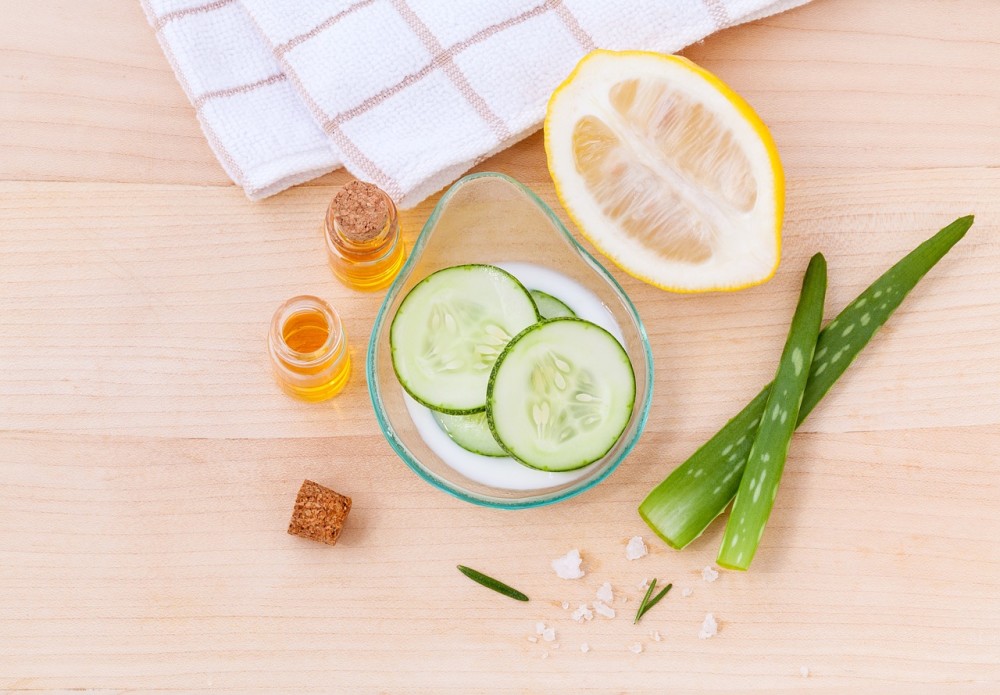 Want to know the secret to developing the next overhyped, billion dollar ‘superfood’?
Want to know the secret to developing the next overhyped, billion dollar ‘superfood’?
Here’s the age old, proven method as demonstrated by an unlikely marketing genius:
Step 1: Take a fairly ordinary but nutritious food
In Russia in 1774, potatoes were fed to pigs, and even peasants refused to eat them. The Russian Orthodox Church even declared them unfit for human consumption due to the fact that they weren’t mentioned in the Bible.
Step 2: Find a marketing genius
However, King Frederick II saw an opportunity. He realised that if he could get his people eating potatoes, it would lower the price of bread and provide a nutritious alternative to grains in case there was ever a shortage. So, he offered free potatoes to the peasants and ordered a national potato cultivation program.
But unfortunately it wasn’t that easy. The peasants were not impressed and delivered an official complaint to the king: “The things have neither smell nor taste, not even the dogs will eat them, so what use are they to us?” The King threatened to cut the nose and ears off any peasant who refused to comply, but while the threat worked in getting the peasants planting the potatoes, they still weren’t eating them.
Step 3: Create a barrier between consumers and the fairly ordinary food
Realising his strategy wasn’t having the desired effect, the King soon decided to change tack. He created a Royal Potato Field and ordered that it be heavily guarded. Local peasants, noticing their king’s admiration of potato flowers as well as the potatoes themselves, snuck in to steal the Royal Crop – exactly as King Frederick had intended. And so, as simple as that, potatoes shook off their image problem and became one of the most popular foods in Russia.
Unbeknownst to him, King Frederick was way ahead of his time. He had figured out that in order to create hype around a food, all he needed to do was put some ‘exotic’ spin on it, give it a bit of celebrity spruiking and create a barrier to its consumption, thereby increasing its appeal.
Fast forward to today and we have basically the exact same thing happening with the various ‘superfoods’ of the moment. Except that King Frederick II has been replaced by the food and marketing industries and the barrier created by the Royal Guard has been replaced by exorbitant prices and the fact that you can only buy it in from the organic health food store 25 minutes drive away.
The truth is that most ‘superfoods’ are not in fact ‘super’ at all
Yes, they are very nutritious with lots of antioxidants/vitamins/minerals/omega 3/fibre/complete protein etc, but most of them are no more healthy than everyday foods we’ve been eating for hundreds of years. Many of them don’t even taste very nice – but people are willing to force them down in the belief that they’re some kind of elixir of health.
So next time you see a food being advertised as a ‘superfood’, question what’s so special about it. Does it really offer nutritional benefits over another food which can be purchased at a fraction of the price?
Leave a Reply